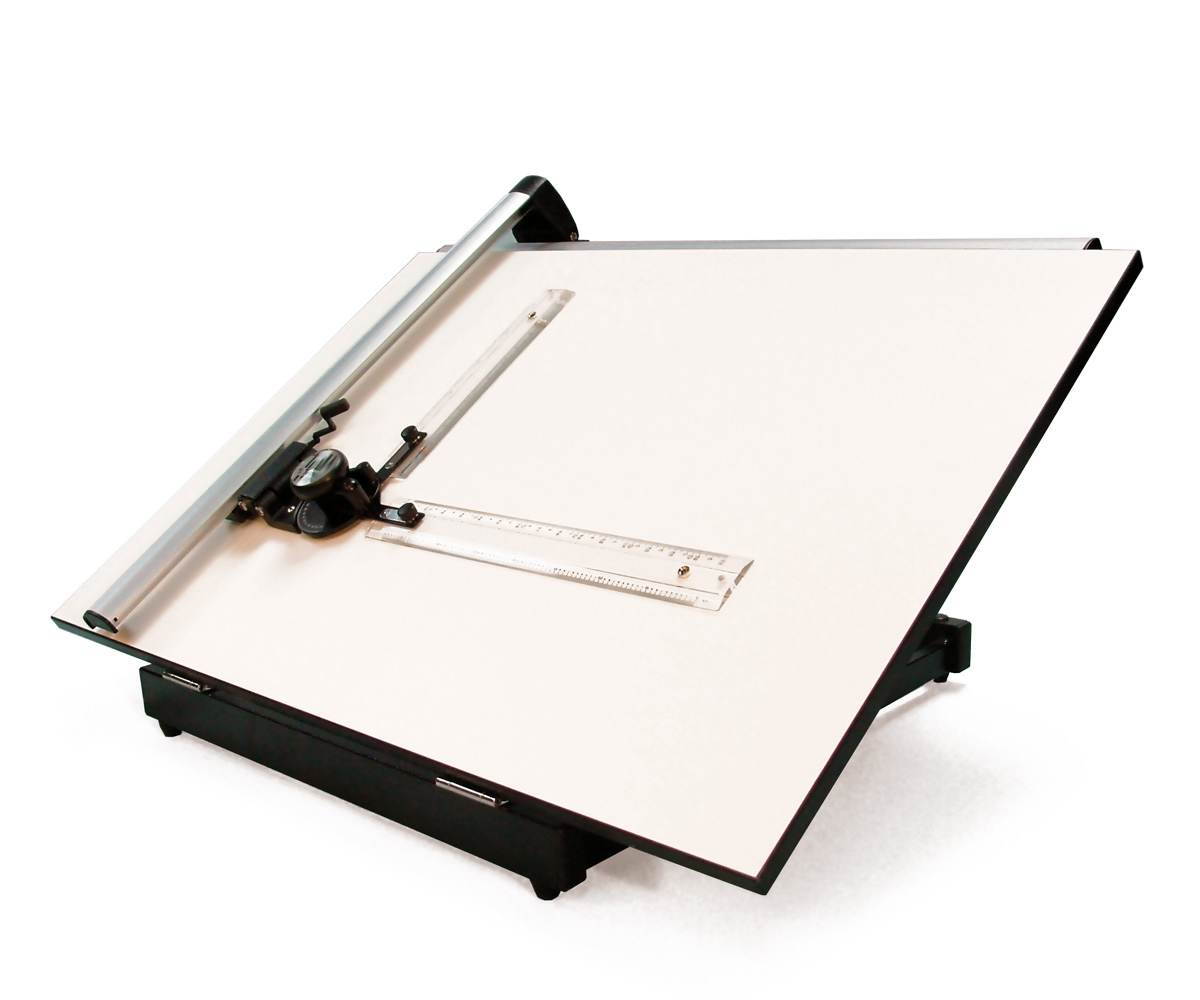It does need to be 3D (i.e. 6dof) as it’s posing a camera, right?
dunno, might be the path of least resistance since there are alot of good libs.
Although thinking about it now, i wonder if theres just a really simple way of having a camera looking straight down (top view) and moving an asymmetric shape around,
that way you just gotta work out where in raster space the object is (domain of definition (DOD)).
Then small bit of image recognition to see which direction the shape is pointing in.
Map raster space to floor plan, if different).
completely 2D answer and gives camera direction
@Jonathan what did you go for?
Still going, haven’t had a chance to action an idea yet. Getting a lot of good feedback here but not sure I totally understand all of the concepts. 
Hi Jonathan … why not call a coffee/beer discussion evening to get a gang to chat about it, it’s a great way to move such a thing forward. For what it’s worth, I had very good success with very lightweight usage of OpenCV (as others mentioned) to track people in a public square, for a public art project. All best, Jonathan.
Apologies for a long post, this sounded really interesting and I’m procrastinating the other things I have to do today!
… re-reading the original question, the problem sounds a lot simpler than what I did with OpenCV. I don’t think you actually need “motion tracking” because you don’t need to follow objects. What you need is “object identification and orientation”, ie find the arrow and see which way it is pointing. (If you did it in a playground you could use gps + compass). If you use computer vision the typical way is object under infrared light, IR-pass filter over the camera and pretty basic OpenCV-type functions to find the object and its orientation. The hard part of this is if you can’t control the image and its lighting.
My project had multiple cameras, multiple object tracking. This is a computer-generated view inside the digital model, from one of the cameras:
But other ideas:
make mouse sized object and put LEDs on it, one for position, second for orientation. Flash LEDs and get camera to see them. Easy processing even without OpenCV or similar, like a lightpen
similar but scanning lasers with opto-sensors: “mouse” has a spinning mirror (from laser printer), opto sensors watch the blip go past. Trigonometry gets your answer.
get a drawing board with parallel motion and drafting machine, fit shaft encoders to measure movement. If the drawings are architectural this has huge “affordances” for architects. Fit more turnable knobs/sliders for height and zoom.

or the kind with parallelogram motion

Or something like three forces resolution physics experiment: top two wheels replaced with retractable key chains + shaft encoders.

Just ideas you know!
All best,
J.

